Are you considering purchasing a car? While the initial purchase price may seem like the most significant cost, it’s essential to understand the hidden expenses that come with car ownership. These expenses can add up quickly and significantly impact your budget. In this article, we’ll explore the hidden costs of car ownership beyond the purchase price.
One of the most significant hidden expenses of car ownership is depreciation. As soon as you drive your new car off the lot, it begins to lose value. According to Edmunds, a new car can lose up to 20% of its value in the first year alone. This means that if you purchase a car for $30,000, it could be worth only $24,000 after one year. Understanding depreciation is crucial when considering the true cost of car ownership.
Another hidden cost of car ownership is maintenance and repairs. Regular maintenance, such as oil changes and tire rotations, can add up quickly. Additionally, unexpected repairs can arise, such as a broken transmission or engine issues. These repairs can be costly and significantly impact your budget. It’s essential to factor in maintenance and repair costs when considering the true cost of car ownership beyond the purchase price.
Ongoing Financial Commitments

When you purchase a car, the initial cost is just the beginning of your financial commitment. You will have ongoing expenses that you need to factor into your budget. In this section, we will discuss the three main ongoing financial commitments that come with car ownership: insurance premiums, regular maintenance, and fuel expenses.
Insurance Premiums
Car insurance is a mandatory expense that you must pay to protect yourself and others on the road. The cost of your insurance premiums will depend on a variety of factors, including your age, driving record, and the type of car you own. According to Call Federal Credit Union, the average cost of car insurance in the United States is $1,674 per year.
To save money on your insurance premiums, you can shop around for the best rates, increase your deductible, and take advantage of discounts offered by your insurance company. For example, many insurers offer discounts for safe driving, multiple policies, and anti-theft devices.
Regular Maintenance
Regular maintenance is essential to keep your car running smoothly and prevent costly repairs down the line. This includes tasks like oil changes, tire rotations, and brake inspections. According to Auto Cheat Sheet, the average cost of routine maintenance for a car is $1,186 per year.
To save money on maintenance costs, you can perform some tasks yourself, such as changing your oil or replacing your air filter. You can also shop around for the best prices on parts and labor, and make sure to follow your car’s maintenance schedule to catch any issues early.
Fuel Expenses
Fuel expenses are another ongoing cost of car ownership. The amount you spend on gas will depend on the type of car you own, how much you drive, and the current price of gas in your area. According to Resident Magazine, the average American spends $2,000 per year on gas.
To save money on fuel expenses, you can drive more efficiently by accelerating slowly, maintaining a steady speed, and avoiding idling. You can also shop around for the best prices on gas and consider using a rewards credit card to earn cash back or points on your purchases.
In conclusion, owning a car comes with ongoing financial commitments that you need to factor into your budget. By understanding these costs and taking steps to reduce them, you can save money and enjoy the benefits of car ownership.
Unanticipated Expenditures

When it comes to owning a car, the purchase price is just the beginning. There are many unanticipated expenditures that can add up quickly, making car ownership more expensive than you might have thought. In this section, we will discuss some of the most common unanticipated expenditures that you may encounter as a car owner.
Repairs and Replacements
No matter how well you take care of your car, repairs and replacements are inevitable. From routine maintenance like oil changes and tire rotations to unexpected repairs like a blown transmission or a broken windshield, the cost of keeping your car in good working order can quickly add up. According to Auto Cheat Sheet, the average cost of repairs and maintenance for a new car is $1,186 per year.
Depreciation and Resale Value
One of the biggest unanticipated expenditures when it comes to car ownership is depreciation. As soon as you drive your new car off the lot, it begins to lose value. According to The New York Times, the average new car loses 20% of its value in the first year and 60% of its value over the first five years. This means that if you decide to sell your car after a few years, you may not get as much money for it as you had hoped.
Taxes and Fees
When you buy a car, you not only have to pay for the purchase price, but also for taxes and fees. Sales tax, title fees, registration fees, and dealer documentation fees can add a significant amount to the purchase price. In some states, you may also have to pay personal property tax on your car every year. According to Car Buyers Advocate, these fees can add up to hundreds or even thousands of dollars over the life of your car.
In conclusion, owning a car comes with many unanticipated expenditures that can quickly add up. From repairs and replacements to depreciation and taxes, it’s important to budget for these costs when considering the true cost of car ownership.

